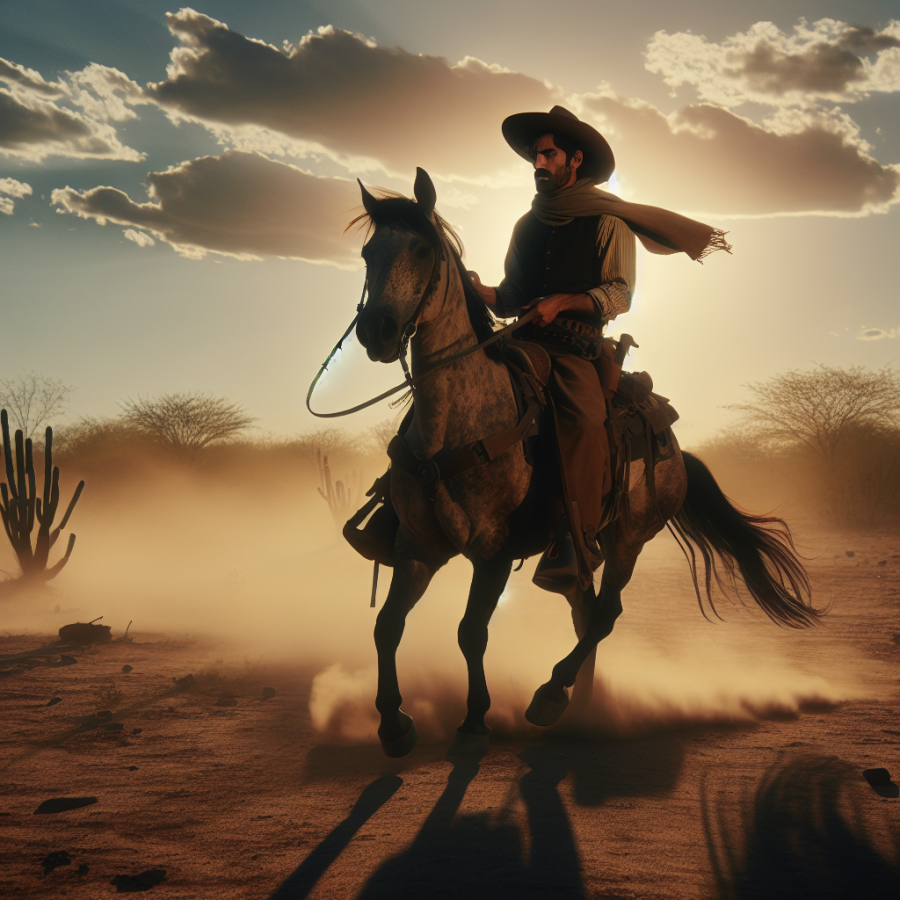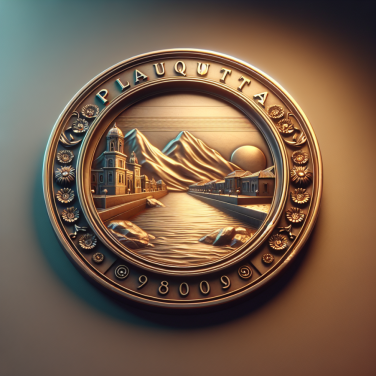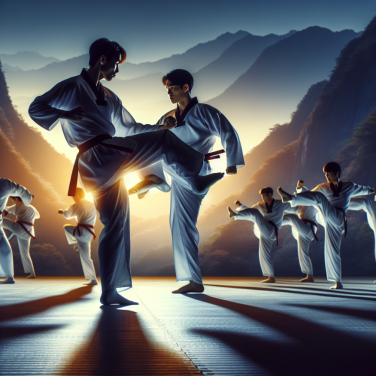Cowboy Culture in the 21st Century: Technology, Challenges, and Community
As we dive deep into the heart of what it means to be a cowboy in the 21st century, we're confronted with an array of dynamic forces reshaping the cowboy culture. Despite the romanticized image of a lone rider silhouetted against an expansive sky, technology has integrated itself into the fabric of the cowboy's day-to-day life. From GPS tracking systems for cattle management to the use of drones for surveying vast ranch lands, the modern cowboy often carries both a smartphone and a lasso. However, with new devices comes the need for new skills, complicating the traditionally straightforward education of the range.
The challenges faced by today's cowboys also reflect broader societal and environmental issues. Climate change is altering longstanding patterns of weather and grazing, necessitating shifts in herd management and land use strategies. Moreover, economic pressures demand a balancing act between maintaining the heritage of ranching and adapting to market demands; this often means diversifying income streams through activities like agritourism or direct meat sales that require cowboys to be not just ranchers but savvy businesspeople as well.
Despite the challenges, cowboy culture in the 21st century is a testament to the strength of community. Social media and online forums allow for the exchange of knowledge, tips, and stories, connecting dispersed ranchers and cowboys in a way that was never possible before. Rodeos and cowboy poetry gatherings remain staple community events, preserving the art and camaraderie of cowboy life. Organizations focusing on land conservation, such as the Ranchland Trust, have also become crucial in engaging cowboys in the stewardship of the land, ensuring that the cowboy way persists not only as a profession but as a way of life.
In this digital age, the cowboy community continues to uphold the values of determination, respect for the land, and hard work, while embracing the possibilities that technology and modernization bring. The essence of being a cowboy may evolve, but its spirit remains indomitable, riding forward into the future and continuing to shape the American West.
Read also:
Unveiling the value: Which soccer cards are worth the money?
Embracing Tradition: The Modern Cowboy's Connection to the Old West
Within the vast fields stretching under the wide, open skies, the image of the modern cowboy remains a steadfast symbol of American culture, a connection to a past that is both wild and fiercely independent. The modern cowboy, while embracing contemporary methods and technologies, still honors the age-old traditions that have defined this way of life since the days of the Old West.
The most significant link between the modern cowboy and their historical counterparts is horsemanship. Mastering the art of riding is still at the core of cowboy life, and the bond between rider and horse is as vital today as it was centuries ago. No piece of machinery can fully replace the agility and companionship of a living, breathing steed. From branding cattle to navigating rough terrain, and from rodeo competitions to leisurely trail rides, the symbiotic relationship between cowboys and their horses remains unchanged.
Cattle drives, too, echo the ancestral cadence of cowboy life. Despite the advent of modern transportation, the need to move livestock overland, guided by the adept hands of cowboys, occurs yearly across various regions. This practice provides a tangible connection to the times when the Chisholm Trail was alive with the sounds of hooves and the calls of men managing great herds.
Rodeos also serve as a vibrant link to the past, showcasing skills that were once daily necessities for survival and work. The events, such as bronc riding, calf roping, and bull riding, are steeped in the gritty realities of the Old West. Modern cowboys continue to compete with a blend of raw determination and practiced skill that would make their forebearers proud, all the while becoming living testaments to a heritage of resilience and audacity.
Dressing the part is another way modern cowboys pay homage to their predecessors. Boots, hats, and belt buckles are not just fashion statements but functional gear that speaks to a cowboy’s identity. The durability and design of cowboy attire has been carried through generations, protecting cowboys from the elements and the hazards of ranch work.
Then there is the cowboy ethic, a code of conduct that still guides the way many modern cowboys live their lives. Values such as hard work, integrity, and respect for land and animal are as crucial now as they were in the days of cattle rustlers and lawless frontier towns. This moral compass not only defines the character of the individual cowboy but also shapes the spirit of the communities in which they live and work.




